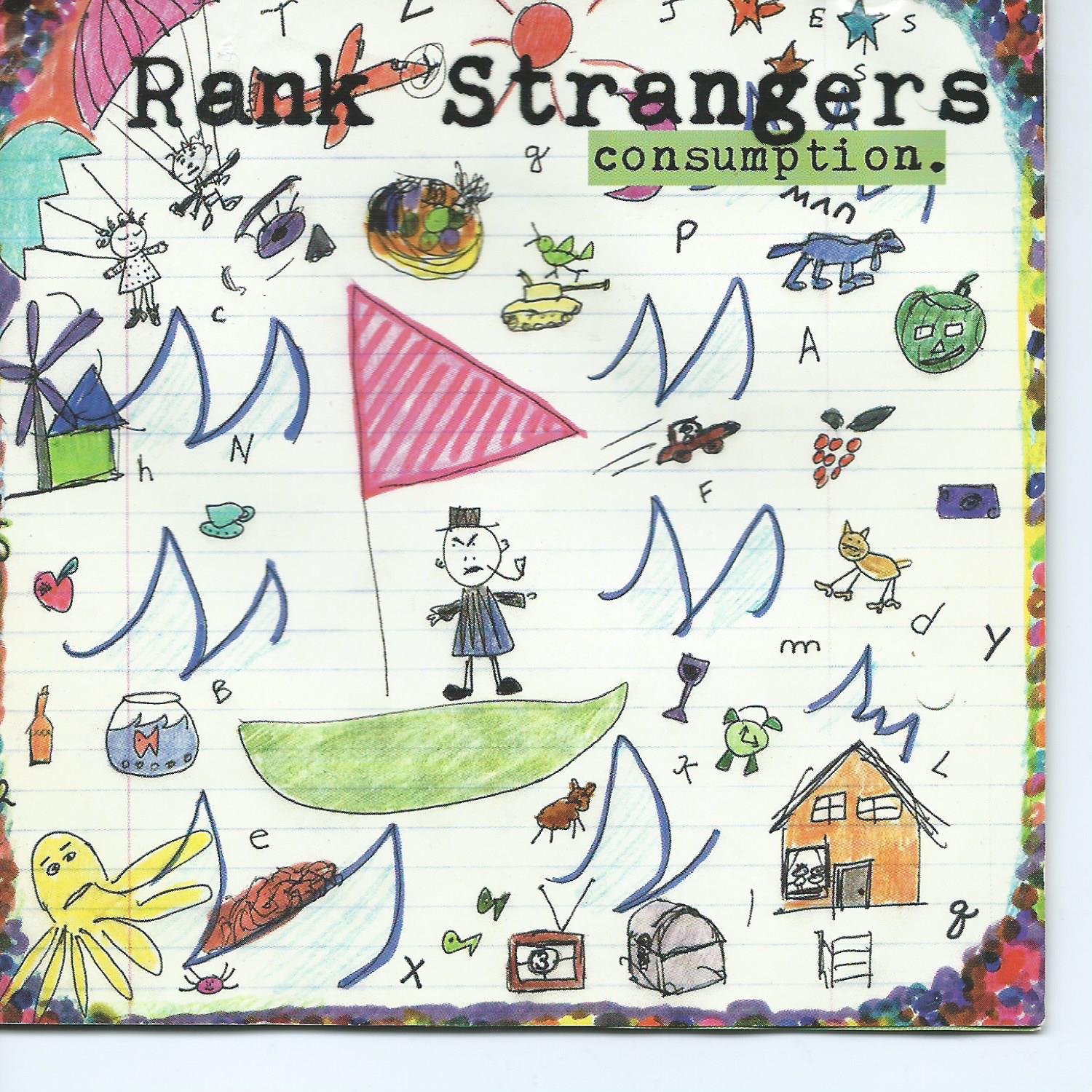

Negative environmental impacts can occur because the use of a material, even in small volumes, Problems arise when the numbers of people combine with the scale and kinds of consumptionĪnd waste production to have negative impacts on the environment, on the economy, and on Material needs (even meeting them generously) by consuming resources and creating wastes. In fact, there is nothing inherently wrong with a population (even a large one) meeting its

consumption patterns and present facts about the scale of U.S. Term consumption objectively as resource use and waste production, though we discuss theĬonsequences of U.S. The use of the termĬonsumption in this report includes household consumption and waste production but is notĪt times, the term consumption carries with it the negative connotation of unnecessarily highĪnd wasteful levels of resource use. It also neglects the use of materials andĮnergy by industries, governments, or other non-household institutions. Waste produced along the entire life-cycle of a product. Raw materials-the ingredients-that go into making a finished product or Though this meaning has an everyday familiarity, it does not readily capture the notion of the To many people, consumption means using and discarding finished products in households. That is intended when the term consumption is used in this report. Of materials and energy sources that makes its way through the economy. Meaning of consumption is "throughput"-used by ecological economists to mean the total mass

Kinds, from college educations to health care and television repair. Girders, and shipping pallets to automobiles, mattresses, and food.Īlso included are the resources and wastes involved in creating and delivering services of all Packaging, transporting, selling, using, and discarding goods of all kinds- from houses, steel Resources used and wastes produced in the course of extracting, processing, manufacturing, This meaning of consumption includes the total amount of One level, consumption means all the resources used in an economy by allĬonsumers, both individual and institutional, and the waste thatĪccompanies that resource use. The simple term "consumption" masks a great diversity of meanings. Patterns, family sizes, life spans, and migration patterns. Those numbers: the variations in wealth, education, culture, and otherĪspects that produce-and are affected by-different childbearing Social, economic, and cultural conditions that underlie and derive from States in a year (a one million) and net annual growth (three million Year (about two million) the number of people migrating into the United Year (about four million) average family size (about two children), the number of deaths in Interesting features of population in the United States include: the number of babies born in Number of human beings within our borders (263 million in 1995). population is relatively easily understood: it is the "Population" customarily includes numbers of people and the rate atĬhanging. The sum of all human activity, and thus the sum of all environmental,Įconomic, and social impacts from human activity, is capturedīy considering population together with consumption. Of the Task Force and its work follows at Appendix A). The Population and Consumption Task Force is one of the eight and this Recommendations for a National Sustainable Development Action Strategy. Industry, government, and nongovernmental organization leaders organized itself into eight "taskįorces" to address significant aspects of the broad sustainable development agenda and to make President's Council on Sustainable Development (PCSD) in June 1993. To begin translating the vision of Agenda 21 into U.S. Sustainable world prosperity is accessible to ever one and does not come Simultaneous goals of economic prosperity, ecological integrity, and social equity. Sustainability requires a commitment by institutions and individuals everywhere to the Generations without compromising the ability of future generations to meet their own needs-that is, toward "sustainable development." World toward economic activity that meets the needs of present Of heads of state in history, more than 120 nations agreed to a blueprintįor global action called Agenda 21. IntroductionĪt the Earth Summit in Rio de Janeiro in June 1992, the largest gathering This is historical material, "frozen in time." The web site is no longer updated and links to external web sites and some internal pages will not work.


 0 kommentar(er)
0 kommentar(er)
